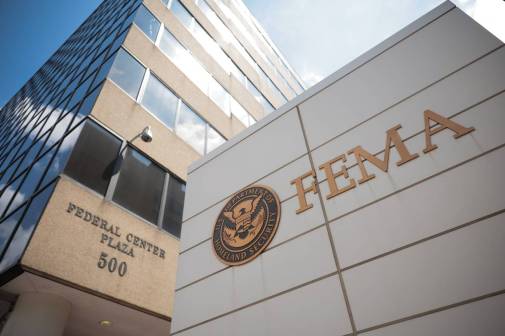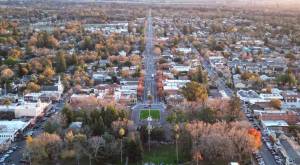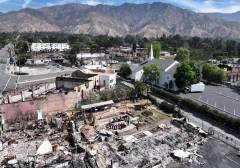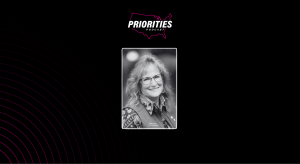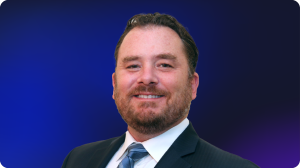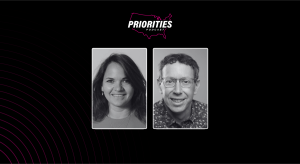Civic hackers tackle needs of L.A. wildfire survivors
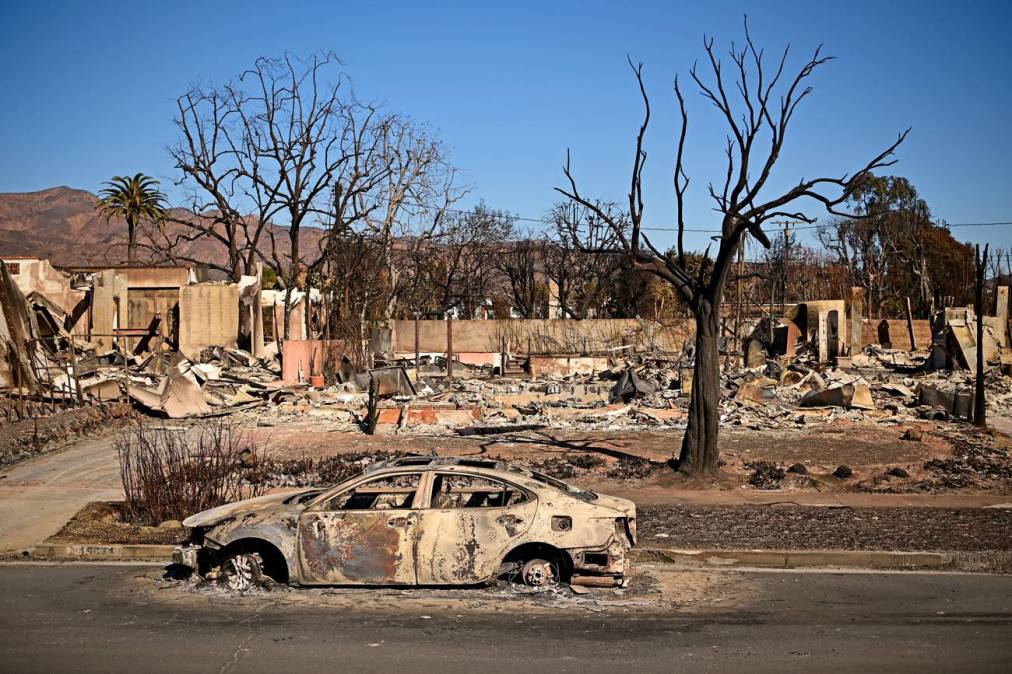
At the GitHub headquarters in San Francisco on Wednesday, roughly 100 developers gathered for a hackathon, attempting to use their coding skills to bring information and services to survivors of the recent Los Angeles wildfires.
Jason Lally, California’s chief data officer, who spoke at the event, told StateScoop in an interview that a lot of people need resources right now.
“What we’re seeing is just, it’s really hard for people to even know what to do, because you’ve got multiple levels of government that have to coordinate,” Lally said. “It’s a tricky challenge because it’s not just about the information that you put on the web, but it’s also about on the ground realities of how information gets shared.”
The Palisades, Eaton and Hurst fires, which broke out in early January, reached 100% containment last month, according to the California Department of Forestry and Fire Protection. The fires killed at least 24 people and displaced more than 100,000 people in Los Angeles County.
Participants of the hackathon, which was organized by the Dutch software company Weaviate, were tasked with using data from the Track L.A. Fires website, the first portal Lally said the Office of Data and Innovation built after the fires erupted in early January, to help improve ways survivors can access government services and start rebuilding their communities.
The same night as the hackathon, the Federal Emergency Management Agency hosted a virtual townhall to provide information about how survivors can successfully apply for and receive disaster assistance, including lodging reimbursements, funeral expenses, mitigation services or money towards property replacements, before a March 10 deadline.
FEMA typically accepts applications for disaster assistance within 60 days of a disaster declaration, though the California congressional delegation is urging the federal agency to issue an extension.
The events, and the resource portals government agencies built, represent the varying efforts local, state and federal officials are making to reach Los Angeles wildfire survivors.
‘Technology is never the problem’
One of the biggest challenges state officials face after a natural disaster is combatting misinformation amongst a population desperately seeking answers.
“The technology is never the problem,” Lally said in response to a question from a hackathon participant about challenges the Office of Data and Innovation has faced in building systems after the wildfires.
Lally said it’s human nature for people to turn to their immediate communities for information, but that they may not have the correct advice or access to accurate information. He said ODI created the fire recovery tracking website in January to explain different parts of the recovery process, such as debris removal and using basic definitions and progress numbers to help people contextualize what’s happening on the ground and minimize confusion.
“Now that’s not going to save people the pain that they’re suffering” Lally admitted. “But what we want to do is make sure that we’re showing where the progress is happening and connecting that to the resources on the site that are available to them.”
Lally added that ODI has user researchers, designers and engineers embedded in the Los Angeles communities impacted by wildfires, who are hearing from survivors and advocates to learn what the information they need, and then feeding that information back to the department so it can be added to its website.
“Recovery looks different for every person. A homeowner is going to have a different impact than a renter. There are people who have also lost their jobs because their jobs were in the homes. We have undocumented folks on the ground who are afraid to talk to any government official because of the political context we’re in right now,” Lally explained. “So there’s a lot of challenges on the ground and trying to be responsive is challenging, but not impossible.”
“I was encouraged by the ideas and passion I saw at the hackathon on how to address the gap between sharing information and getting it to the people that need the information,” he told StateScoop in an email after the event.
Recovery services finder
Blaine Wasylkiw, deputy state chief technology innovation officer at the California Department of Technology, told StateScoop in an interview that because California operates as a federated state, with piecemeal information spread across various websites, disaster survivors have difficulty finding what they need.
“There’s a lack of centralized information on available services, eligibility and application processes for all the different services, obviously time-sensitive needs given the emergency situation, but there can often be delayed or unclear assistance programs as far,” Wasylkiw said.
Wasylkiw said wildfire survivors also face accessibility challenges.
“Folks, the unfortunate ones who lost everything — their computers, their phones — hopefully, they are still able to access these services online through cellular connections. But then there’s connectivity challenges there, and then also language barriers and accessibility issues for diverse populations,” he said.
CDT launched the Recovery Services Finder last month, less than a month after Gov. Gavin Newsom had declared a state of emergency due to the wildfires. The portal focuses on state resources and services, including housing assistance, financial aid, debris removal, mental health support, unemployment benefits and small business services.
“The Recovery Service Finder is including and the L.A. fires portal role is a central hub of information resources to direct survivors to agencies or departments offering the specific services without having to navigate through Google or search to figure out, ‘Where do I go to for this?'” Wasylkiw said. “It’s trying to make it as quick and easy and painless as possible for survivors to access the information they’re looking for.”
On the landing page, visitors are met with a series of checkboxes divided between categories with titles like “essential help” and “start recovering.” Visitors are directed to state agency applications for services, including those offered by the state Department of Financial Protection & Innovation and the Department of Public Health.
Since the progress-tracking website launched on Jan. 10, Wasylkiw said it’s received 750 thousand page views from half a million unique visitors.
“On day one we saw over 60,000 page views alone, and that was when it was just a single page of information,” Wasylkiw said.
He said the Recovery Service Finder has been accessed more than 12,000 times by more than 8,000 unique visitors.
Rebuilding trust in government
Lally told hackathon participants that after finding information, survivors face the next hurdle: applying for government services. Most government services require some form of identification, such as a driver’s license, birth certificate or passport.
“You can imagine that if you have your house burned down, you might not have a lot of the documents that you need to get services,” Lally said. “So that was one of the core critical things the state did to waive fees and other things so people could get their vital records.”
As part of Newsom’s executive order on Jan. 7, the Department of Motor Vehicles waived fees to replace driver’s licenses, ID cards and vehicle titles lost in wildfires. The state also waived fees for birth, death and marriage records lost in the fires.
Based on the success of the recovery services portal, Wasylkiw said, CDT plans to retain the website for use as a central source of truth for future disasters. And in addition to the progress-tracking dashboard, Lally said, the Office of Data and Innovation is also launching Engaged California, an initiative aimed at empowering Californians to participate in public discourse that shapes policy decisions.
“The design of the program is to rebuild trust in government, to make sure that we are not just having things kind of thrown into a suggestion box and one ever hears, but actually to demonstrate that we can take action on things, really improve that trust and to actually bring in people into the process,” he said.
